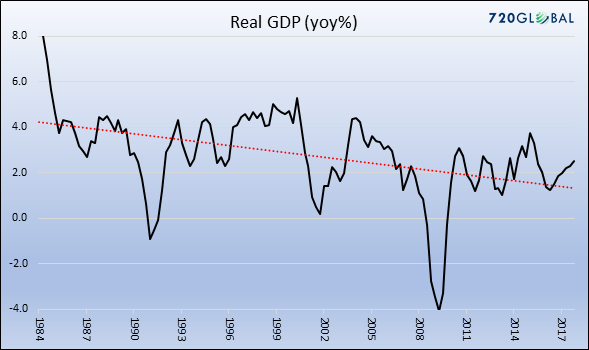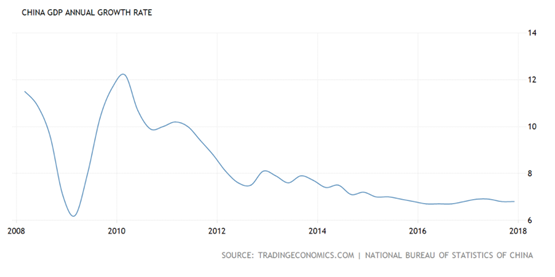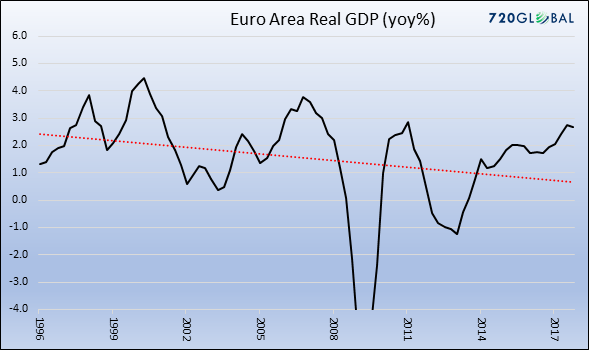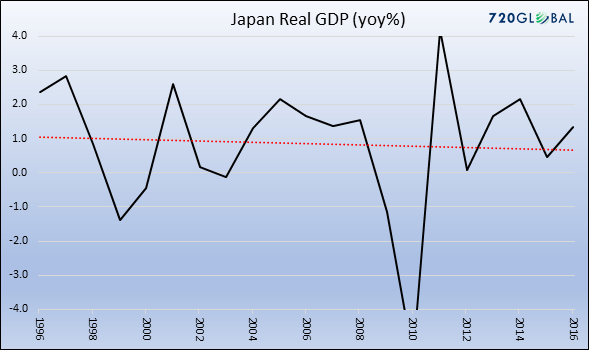With China and Russia named as the two greatest threats to continuing American hegemony end of last year, the velvet gloves have come off the Washington establishment, baring their knuckles against the Middle Kingdom in plain view of the entire world. In recent weeks, anti-China rhetorics and vitriol emanating from the Oval Office and Capitol Hill have reached feverish, even hysterical, proportions.
The total warfare on all fronts is being waged against Beijing, assisted and amplified by the corporate media. The empire’s propaganda machine is in overdrive, churning out fake news and lies on a 24/7 basis to smear and demonize China. One of such lies is the alleged neo-colonization of developing countries through debt traps sprung by China.
This article puts together all the numbers in four countries – Sri Lanka, Pakistan, Maldives and Malaysia – which are misrepresented by the western press as victims of China’s “debt trap diplomacy”.
SRI LANKA
Lie : Western media have spun tall tales that Sri Lanka, with Chinese loans up to its eyeballs, used 90% of government revenue to service Chinese debts and was forced to “cough up a port” to Beijing.
Fact : China accounted for only ONE-EIGHTH of Sri Lanka’s $65 billion debts. Beijing didn’t demand immediate payment of loans falling due from Colombo. Instead, China acceded to Sri Lanka’s request to restructure the loans. Colombo OFFERED to settle the loans past due by giving a 70% equity in the LOSS-MAKING Hambantota port to a Chinese company. To bring the port up to the operational level, the Chinese company has to spend another $700 million. No competing offer from other parties to take over the port was received before and after the restructuring proposal was completed.
…click on the above link to read the rest of the article…







 Watch for those pitchfork bearers – they can get real nasty and then heads often roll quite literally. [PT]
Watch for those pitchfork bearers – they can get real nasty and then heads often roll quite literally. [PT] Good old Friedrich A. Hayek – depicted above – once coined the term “scientism” to describe the futile attempts of assorted social engineers and their academic advisors to express human action in the form of barren mathematical equations and statistics. Lettuce look at something one of his followers, the late Professor Austin L. Hughes, wrote in an article published in the autumn 2012 issue of “The New Atlantis” journal:
Good old Friedrich A. Hayek – depicted above – once coined the term “scientism” to describe the futile attempts of assorted social engineers and their academic advisors to express human action in the form of barren mathematical equations and statistics. Lettuce look at something one of his followers, the late Professor Austin L. Hughes, wrote in an article published in the autumn 2012 issue of “The New Atlantis” journal: 






